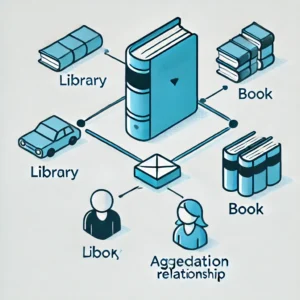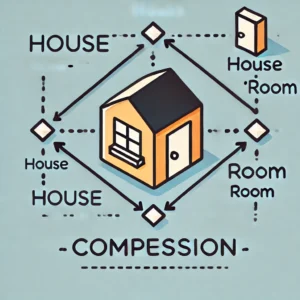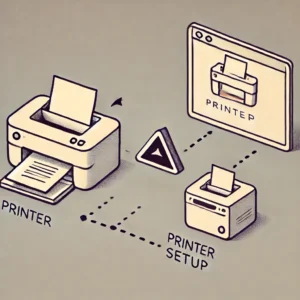UML class diagrams are a powerful way for developers to visually represent a system’s structure. UML, or Unified Modeling Language, is used to show classes, their attributes, operations, and the relationships between them.
In UML, classes are represented by rectangles divided into sections for attributes and operations. The arrows between these classes show different kinds of relationships, helping to understand how classes interact with each other.
Let’s dive into the different types of arrows used in UML class diagrams and what they represent.
What Are Class Diagram Relationships?
Class diagram relationships show how one class interacts with or affects another. These relationships can vary in strength and purpose, from one class inheriting properties from another to classes simply associating with each other. Arrows in UML diagrams represent these relationships clearly.
Types of Arrows in UML Class Diagrams
Here’s a breakdown of the key relationships you’ll see in UML diagrams:
1. Association
Association is the simplest relationship between two classes, showing that they are connected. A plain line represents an association. For example, a Bus class might be associated with a Passenger class, indicating a connection.
Arrow Type: Solid line
Represents: A connection or communication between classes.

2. Directed Association
A directed association shows that one class strongly influences another. The arrow points to the class being influenced. For example, a Bowl contains Fruit, so the arrow points from Bowl to Fruit.
Arrow Type: Solid line with an arrowhead
Represents: A strong one-way relationship.

3. Aggregation
Aggregation shows a “whole-part” relationship where the parts can exist independently of the whole. For example, a Library may contain Books, but if the library closes, the books still exist.
Arrow Type: Solid line with a hollow diamond
Represents: A whole-part relationship, where parts can exist separately.

4. Composition
Composition is like aggregation but stronger. In composition, the part cannot exist without the whole. For example, a House contains Rooms, and if the house is destroyed, the rooms no longer exist.
Arrow Type: Solid line with a solid diamond
Represents: A whole-part relationship where parts depend on the whole.

5. Dependency
Dependency shows that one class depends on another, but the relationship is weaker than association. Changes in one class will affect the other, such as a Car class depending on a Fuel class.
Arrow Type: Dashed line with an arrowhead
Represents: A weaker, one-way relationship where one class depends on another.

6. Inheritance
Inheritance shows that one class inherits attributes and operations from another. For example, an Avocado class inherits from a Fruit class, meaning that an avocado is a fruit.
Arrow Type: Solid line with a hollow triangle
Represents: A child-parent relationship (inheritance).

7. Realization (Implementation)
Realization is used when a class implements the functions defined by an interface. For example, a Printer class implements the functions of a PrinterSetup interface.
Arrow Type: Dashed line with a hollow triangle
Represents: A class implementing an interface.

Conclusion
Arrows in UML class diagrams are essential for describing how classes relate to each other, making it easier for developers to understand and communicate system design. With tools like Gleek.io, you can quickly create these diagrams and easily map out relationships between objects.
Here are some useful resources for UML diagrams:
Microsoft Learn: UML Diagrams Overview
Microsoft Office: Create a UML Class Diagram
Microsoft Office: Create a UML Sequence Diagram
Gleek: Class Diagram Arrows
These links will guide you through creating and understanding UML diagrams effectively!
Now that you know the basics, try creating your own UML class diagrams to visualize your next project!



